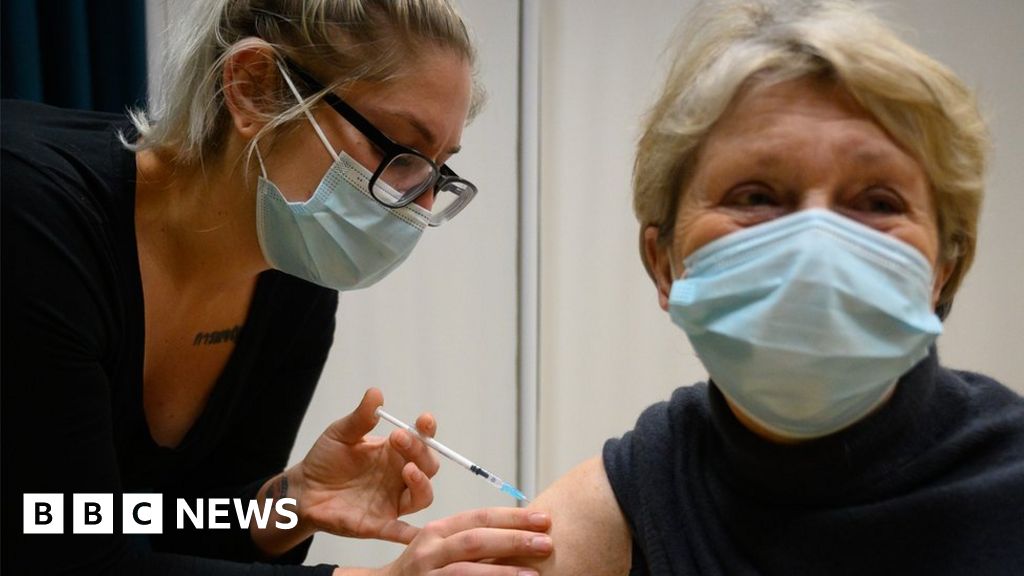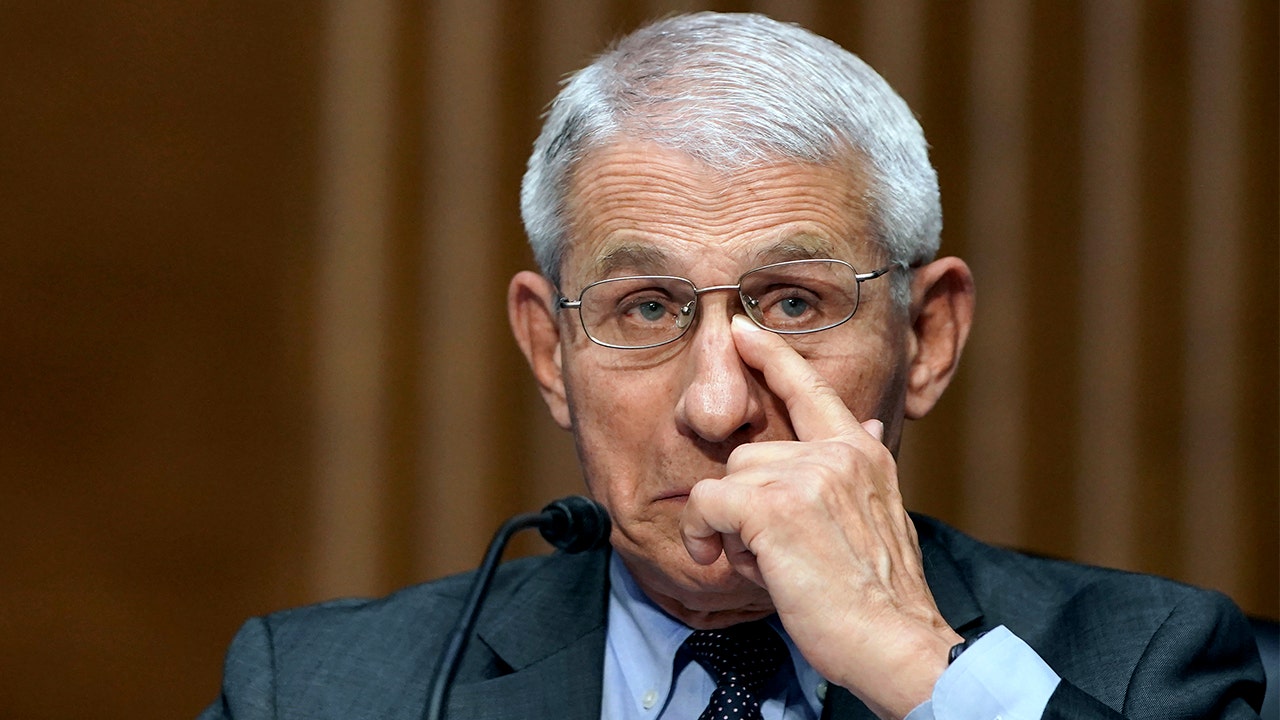dorkimoe
Member
Where did I mention anything about the immune system?Another person with no understanding of how the human immune system works.
not to mention I'm not a doctor or scientist you prick so of course I wouldn't
Last edited:
Where did I mention anything about the immune system?Another person with no understanding of how the human immune system works.
Enlighten us, oh wise one.Another person with no understanding of how the human immune system works.
Another person with no understanding of how the human immune system works.
tell us more about the T cells bro
Enlighten us, oh wise one.
You responded to someone who had already had Covid by questioning why would they not take the vaccine. The very fact you asked this question shows you don't understand how the immune system works, irrespective of whether you actually mentioned it in your post.Where did I mention anything about the immune system?
not to mention I'm not a doctor or scientist you prick so of course I wouldn't
Count me as another person in this thread who apparently doesn't know what you know. Just casually dropping some of your truth bombs here now would apparently educate multiple people. Please do.Are you saying you have no knowledge of how the immune system works? I understand you are trying the challenge me, but the emptiness of your response tells me you are either a troll or a low information individual

Cool story bro, I guess I'm not either.Read up on T-cells, I'm not on the clock to educate you.
It's probably easier and cheaper to get the vaccine than to get an antibody test.I got really sick back in January, felt like a bad cold or flu. My body aches felt like a mild sunburn. My nose ran a lot. My sinuses smelled like copper--that's all I could smell for a week or two. I lost most of my sense of smell then, and it still hasn't come back, only partly. I figured I had either a sinus infection as result of the cold, or that it had been Covid all along. My sense of taste was never affected.
I haven't gotten the vaccine yet. I also never got an antibody test, so I'm not sure either way whether I had Covid. Is it too late to get an antibody test now, four months later? Does the above even sound like Covid?


At the start of the pandemic, prestige US media outlets were quick to dismiss the hypothesis as a Dangerous Republican Lie. "The claim is inaccurate and ridiculous. We rate it pants on fire," ruled the Pointer Institute's notionally nonpartisan, Pulitzer Prize winning fact-checking operation, Politifact, on the lab leak hypothesis. The Washington Post accused Senator Tom Cotton of spreading "conspiracy theories" for wanting to investigate the theory. NPR enthusiastically "debunked" the claim.
You cannot make sense of the firmness with which the lab leak hypothesis was dismissed without appreciating how Trump changed American media. After the 2016 election, the top tier of American media traded objectivity for opposition. As the New York Times has more or less admitted, normal standards no longer applied. Success was now defined by the extent to which you made Donald Trump's life difficult. This mattered when it came to the origins of the pandemic.
Anyone entertaining the possibility that lab negligence caused the pandemic wasn't just peddling "misinformation", but worse: misinformation that might have played into Trump's hands in an election year. At a time when the only honest answer to the question of how the pandemic started was "I don't know", the most highly-regarded outlets in American media had decided that the answer most convenient to the president should be vigorously discredited.
But the more we learn, the less outlandish the lab leak theory looks. Don McNeil, a science reporter at the New York Times and one of the best journalists covering the pandemic until his recent firing, published a lengthy Medium post this week in which he explains his initial reservations about the lab leak theory as well as why the argument has become "considerably stronger" as time has gone on. Robert Redfield, director of the Centers for Disease Control under Trump, recently said he believes that a lab leak is the most likely explanation of how the pandemic started.
I'm sorry but this is just so stupid. Everyone has known from the very beginning that the virus likely originated from China, and a very real possibly has always been the virology lab.
Maybe you are just misinformed because you get your news from sites with a partisan bias. Who can say?Who pays you to be this disingenuous?
You cannot deny that MSM has said that the lab leak is all conspiracy theory. They have been saying that from the start and many of us even got flamed for talking about it in the beginning. Now the media has changed their tune for some reason. It seems the evidence has become undeniable.I'm sorry but this is just so stupid. Everyone has known from the very beginning that the virus likely originated from China, and a very real possibly has always been the virology lab. We've known this by the cables from US officials years ago warning about safety concerns in that virology lab predicting something exactly like this would happen. Repubs and the Trump admin took this from the get go and went beyond the evidence to point fingers in order to take the heat off their mishandling and piss poor assessment of the situation. Liberals have been much less vocal and more reticent to do so (to a fault imo) in order to curb anti asian sentiment in the US that we are currently seeing being played out, something conservatives probably think is another hoax by the democrats. And needless to say the democrats downplayed the leak theory to maximize the blame on trump for political gain. There's only a "U-turn" if you misunderstood the situation from the get go. But It's all so tiring..
Considering the complicated dance involved in diplomacy with the Chinese, I'm surprised to see Fauci starting to make concessions
Maybe you are just misinformed because you get your news from sites with a partisan bias. Who can say?
I don't really follow MSM garbage for this reason so I can't comment; I don't care what CNN has to say about the origins of SARS-CoV-2 in order to sell car advertsYou cannot deny that MSM has said that the lab leak is all conspiracy theory. They have been saying that from the start and many of us even got flamed for talking about it in the beginning. Now the media has changed their tune for some reason. It seems the evidence has become undeniable.
You are making excuses for the people that have been blasting the lab leak from the beginning.
I don't really follow MSM
Having that statement in one sentence is making it unclear.Everyone has known from the very beginning that the virus likely originated from China, and a very real possibly has always been the virology lab.
We gave up our privacy to fight Covid-19, can we get it back? An FT film starring Lydia West and Arthur Darvill in collaboration with Sonia Friedman Productions and supported by Luminate. An interrogation scene explores how Covid-19 has exposed the tension between the need for data to track and trace, and the right to privacy and justice.
"The so-called lab-leak hypothesis for the origins of Covid-19 has been gaining more and more traction in recent months. Once dismissed as a crankish fringe theory, it has slowly been entering into mainstream scientific discussion. Just this week, America's CDC Director said that it was 'possible' that Covid could have leaked from a lab as 'significant circumstantial evidence' emerges. One analyst who has made a significant contribution to the debate is Nicholas Wade, a former reporter at the New York Times, who recently self-published a piece detailing how the lab-leak theory isn't just a possibility, it is (in his view) the most likely explanation. Though there is no definitive evidence for either theory, Wade argues that the key details are easier to explain within the context of a lab leak origin, as he tells Freddie Sayers on LockdownTV." (May 20, 2021)
Yea I used everyone pretty loosely there lol my bad


The above article states that patient zero was 3 scientist from the lab. If this is true then there is your proof. As more evidence is uncovered it seems that the lab theory has the most evidence and probability.I don't know why there is all that noise, really.
Chances of proving beyond reasonable doubt that it originated from there are very low.
Don't read too much into it. There's a lot of factors at play.I took my first Pfizer jab last Friday.
It gave me cold chills on the neck/head and light diarrhea on the first day. Then arm pain the following days. And I still feel like shit today, very tired and tight neck/head.
I have no comorbity whatsoever (had some check up recently, I'm as healthy as can be). This shit is wack, I never had any side-effect from any vaccine ever, and I never missed my jabs.
Seriously what's the endgame here? Corporations are still going to bend over for China money. People will just wag their finger at them and that'll be it.
I took my first Pfizer jab last Friday.
It gave me cold chills on the neck/head and light diarrhea on the first day. Then arm pain the following days. And I still feel like shit today, very tired and tight neck/head.
I have no comorbity whatsoever (had some check up recently, I'm as healthy as can be). This shit is wack, I never had any side-effect from any vaccine ever, and I never missed my jabs.
What does that mean? (I'm over 30, so, yeah, not old, but not quite too young either)You sound like a young person.
What does that mean? (I'm over 30, so, yeah, not old, but not quite too young either)
Your immune system is fighting the jab content like this:What does that mean? (I'm over 30, so, yeah, not old, but not quite too young either)

Dr. Shi has publicly described doing experiments, including in 2018 and 2019, to see if various bat coronaviruses could use a certain spike protein on their surfaces to bind to an enzyme in human cells known as ACE2. That is how both the SARS virus and SARS-CoV-2 infect humans.
Those experiments involved combining one bat coronavirus with the spike protein of another and then infecting mice genetically engineered to contain human ACE2, Dr. Shi told the WHO-led team in February, according to its report.
I had coronavirus early last March and I only recently realized my sense of smell had not come back completely because it suddenly came back a few weeks ago.I got really sick back in January, felt like a bad cold or flu. My body aches felt like a mild sunburn. My nose ran a lot. My sinuses smelled like copper--that's all I could smell for a week or two. I lost most of my sense of smell then, and it still hasn't come back, only partly. I figured I had either a sinus infection as result of the cold, or that it had been Covid all along. My sense of taste was never affected.
I haven't gotten the vaccine yet. I also never got an antibody test, so I'm not sure either way whether I had Covid. Is it too late to get an antibody test now, four months later? Does the above even sound like Covid?
